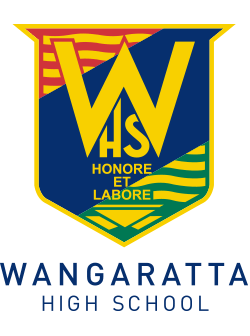Wangaratta Agricultural High School, 1913
As early as 1902, the Wangaratta Chronicle, in its push for agricultural education, was citing Mr Schilling’s success with informally integrating the art of growing things with the normal syllabus at Numurkah State School as being worthy of emulation.
Choosing the site for the school farm was one of the many problems encountered. The Borough had offered 20 acres of the public park adjoining the Showgrounds as part of the original deal to clinch an Agricultural High School for Wangaratta, but other sites were thought more suitable for various reasons.
The borough park site eventually prevailed. With additions and substitutions after the school opened, it became an awkwardly-shaped block that presented a limited frontage to Johnstone Road.
A farm manager was appointed, Mr George S Gordon, an experienced man from Sale, who arrived to take up this position in May.
 By this time a storm was breaking out in the Melbourne press over the whole concept of Agricultural High Schools and government patronage.
By this time a storm was breaking out in the Melbourne press over the whole concept of Agricultural High Schools and government patronage.
At the centre of the disturbed air was the Hon A O Sachse. The metropolitan dailies questioned the coincidence of the school being established while Sache held the office of Minister of Education and the further coincidence of him being the Member of North Eastern Province when two Agricultural High Schools opened within its boundaries, and rules were bent to allow them to proceed.
Wangaratta rode out the criticism and no doubt felt the urge to say, “told you so”, when School Council was given news in mid-1910 that the school was expecting to commence the second half of the year within sight of the magical 100-pupil mark, and was being considered one of the best in the state.
When making a report on the agricultural side of things, Mr Schilling was able to point out that in spite of delays in clearing and fencing the ground, progress had been made at the farm itself. The work included the erection of a reinforced concrete silo, one of the signs of the old farm still visible today.
The silo was for storing and curing silage and was associated with experiments in the planting of fast-growing crops. Few district dairy farmers knew much about extending their milking season with silage or which varieties of maize or millet were best suited to the district, so, in spite of themselves, they began keeping an eye on what was happening on the farm.
The farm acquired an orchard so students could be taught the art of pruning, a cow byre to house ten animals, a dairy, an implement shed, and a piggery. It had a bricked well and an elevated tank and plans to irrigate crops over the summer with water from the Ovens River.





 By this time a storm was breaking out in the Melbourne press over the whole concept of Agricultural High Schools and government patronage.
By this time a storm was breaking out in the Melbourne press over the whole concept of Agricultural High Schools and government patronage.

